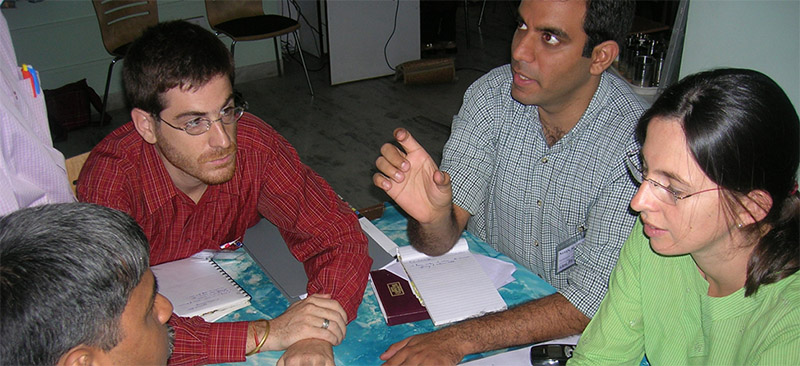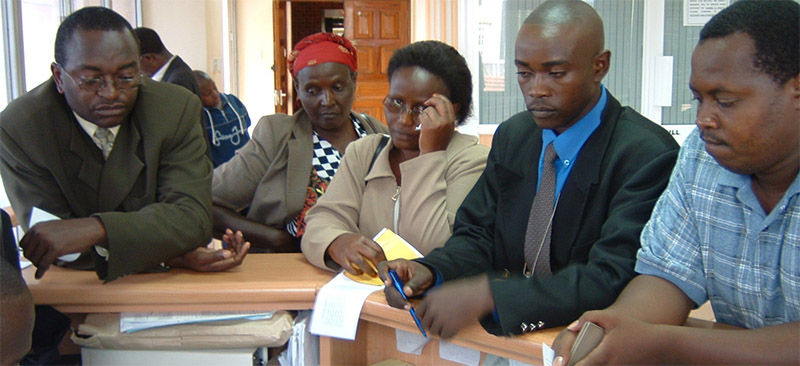This study provides Equity Building Society’s role in providing financial services in the underserved, low-income section of the Kenyan market. It gives brief information about economy and financial situation in Kenya. It traces the historical growth of Equity Building Society in relation to its financials, staff and the customer base since its inception. The study also documents information about the products—savings and credit both—of the Equity Building Society and gives a details about financial impact on the bank. It draws conclusion for success of Equity because of its focus on microfinance customers, which is embodied in the mission of the organisation, drives most of the activities of Equity.
Blog
Electronic banking For the poor – Panacea, potential and pitfalls
This paper is targeted mainly at institutions that have the resources and capacity to invest in large-scale electronic banking solutions for the poor. Although developing an extensive e-banking solution is beyond the range of most microfinance programs, a range of technology options are presented where microfinance programs can become involved. The author points out that whichever technical option is chosen, the development of an electronic banking solution should consider the customer value proposition, the business case and the local environment for electronic banking. The paper also explores the role of donors in developing an appropriate infrastructure for electronic banking and outlines principles to guide donor involvement in this area.
Process Mapping For Risk Management and Process Improvement
Process Maps are visual representations of a process, that use symbols, arrows, and concise wording to show inputs, outputs, tasks performed, and task sequence. The note discusses in detail about constructing process maps for risk analysis and process improvements in ten steps. These steps are— identifying and prioritising operational gaps, choosing processes to be mapped, assembling an appropriate team, defining processes and objectives of mapping, data collection, construction and validation of maps, analysis on risks and process improvements, should be and could be maps, distribution of findings and implementation. The symbols, process description, risks at each step, and risk mitigation tactics (controls) are four tiers through which the risks are analysed and suggestions are developed therein. The note also talks about various considerations in institutionalising process mapping, which are management thoughts, level of participation, time consuming and type of people engaged.
Virtual conference on electronic banking for the poor
In February 2004, MicroSave hosted a Virtual Conference on Electronic Banking for the Poor. This paper summarises the discussion which brought together 500 participants and generated 400 postings. Discussion topics were varied and included, technology, business case, pricing, distribution, and customer value.
Customer Service – Why It Is Important for MFIs
The note analyses the reasons for excellent customer services as a prime mandate for a market led MFI, which include retaining customers, building through word-of-mouth business, competitive advantages, and working efficiently. It also identifies certain variables responsible for customer service. These are organisation culture, product/service range, customer knowledge, delivery systems, service delivery environment, technology, and employees’ role in service delivery. The note also briefs about MicroSave’s process and tools for customer service.
Passing the buck in East Africa – Money transfers systems: The practice and potential for services in Kenya, Tanzania, and Uganda
This paper is a synthesis of a series of findings of MicroSave’s market research studies on how low-income individuals and small or micro-entrepreneurs transfer money and make payments in Kenya, Tanzania, and Uganda, the three countries comprising the East African Community (EAC). It analyses the reasons for sending money and the regulated services and other ways available to transfer money on the basis of interviews with microfinance clients as users and banks and other service providers in all three countries. Combining their perspectives with complementary research, the paper identifies gaps and weaknesses in the existing money transfer services. These gaps offer a market opportunity for new or different services, including the potential for services by microfinance institutions (MFIs)





